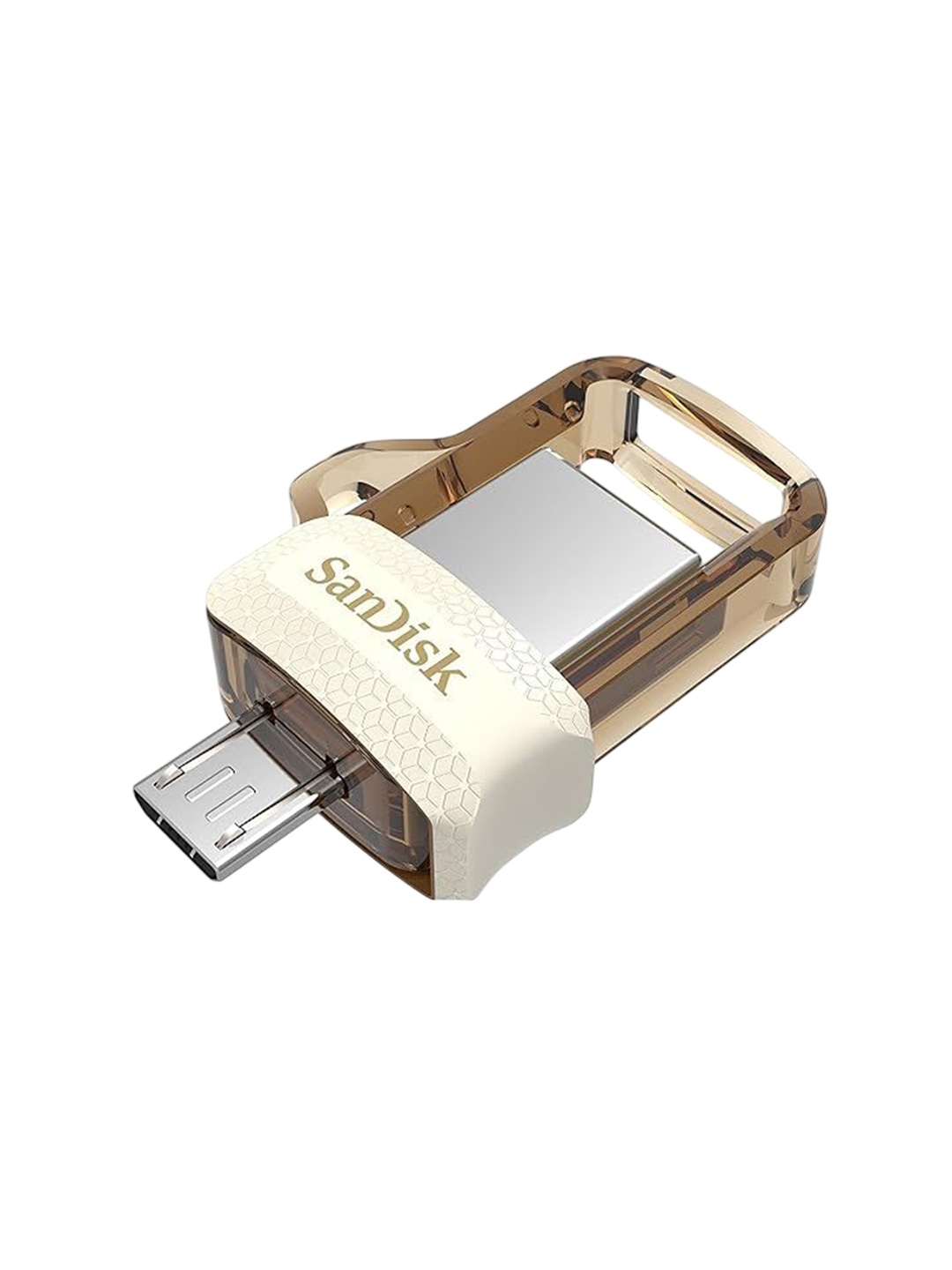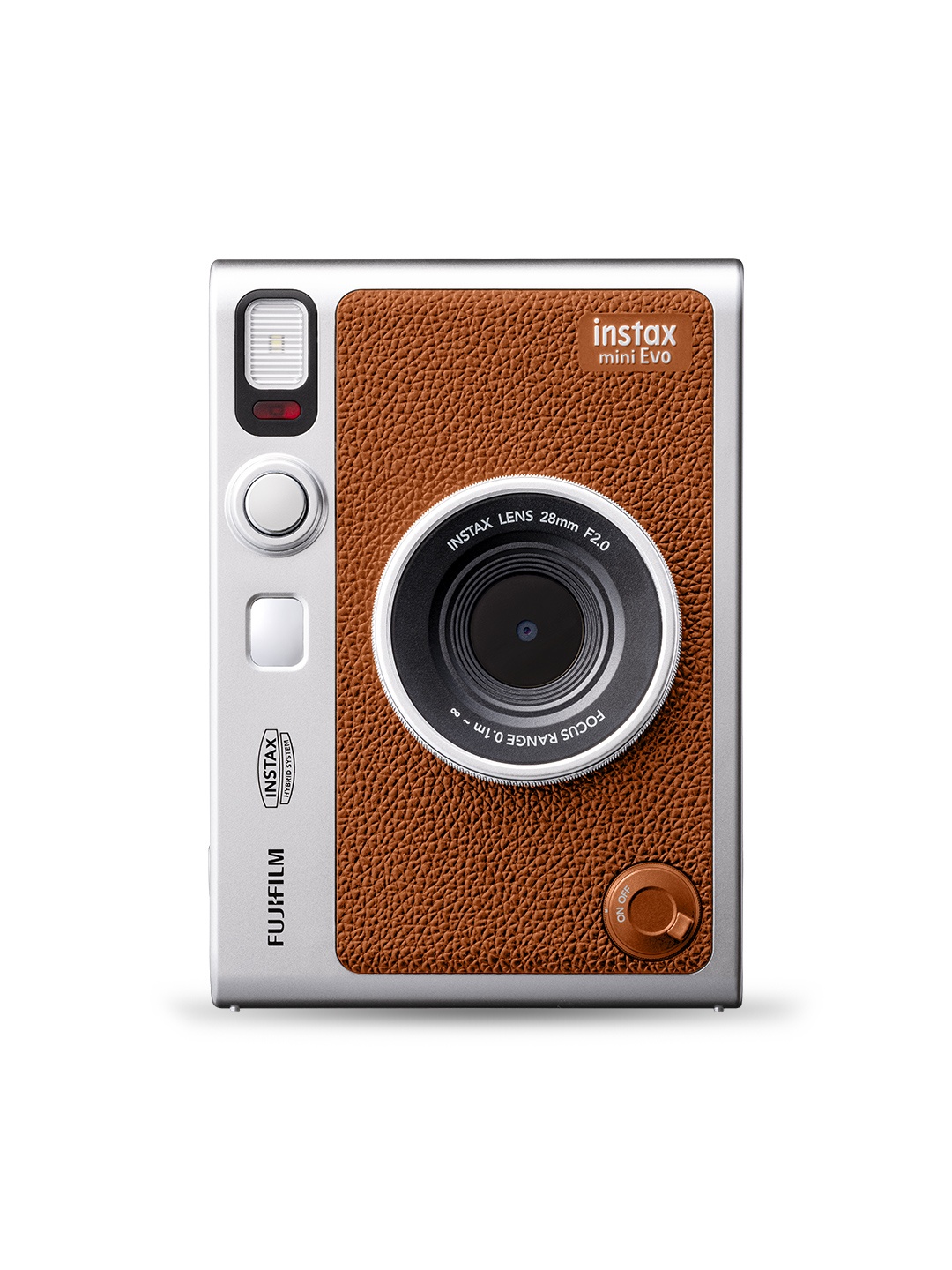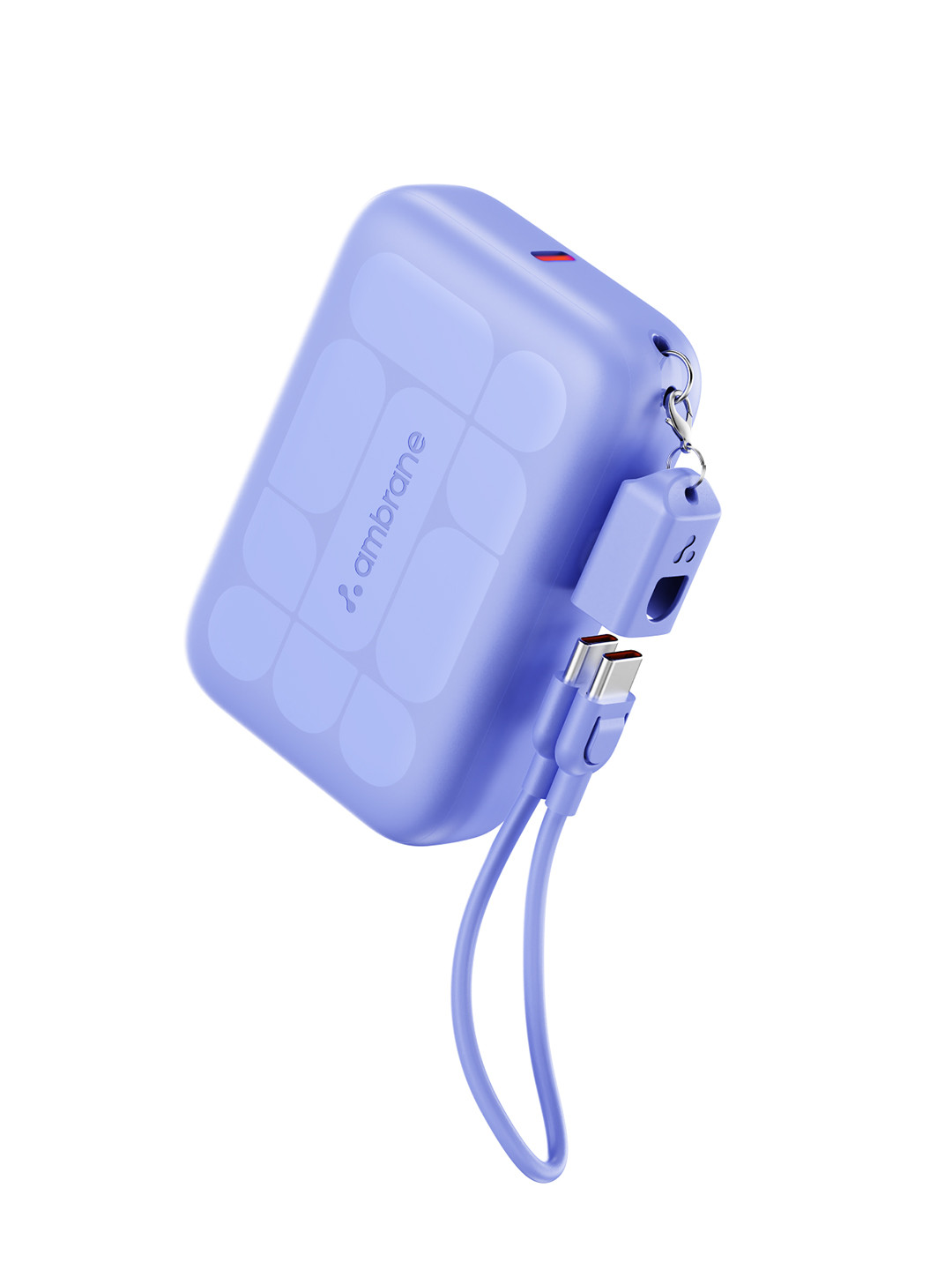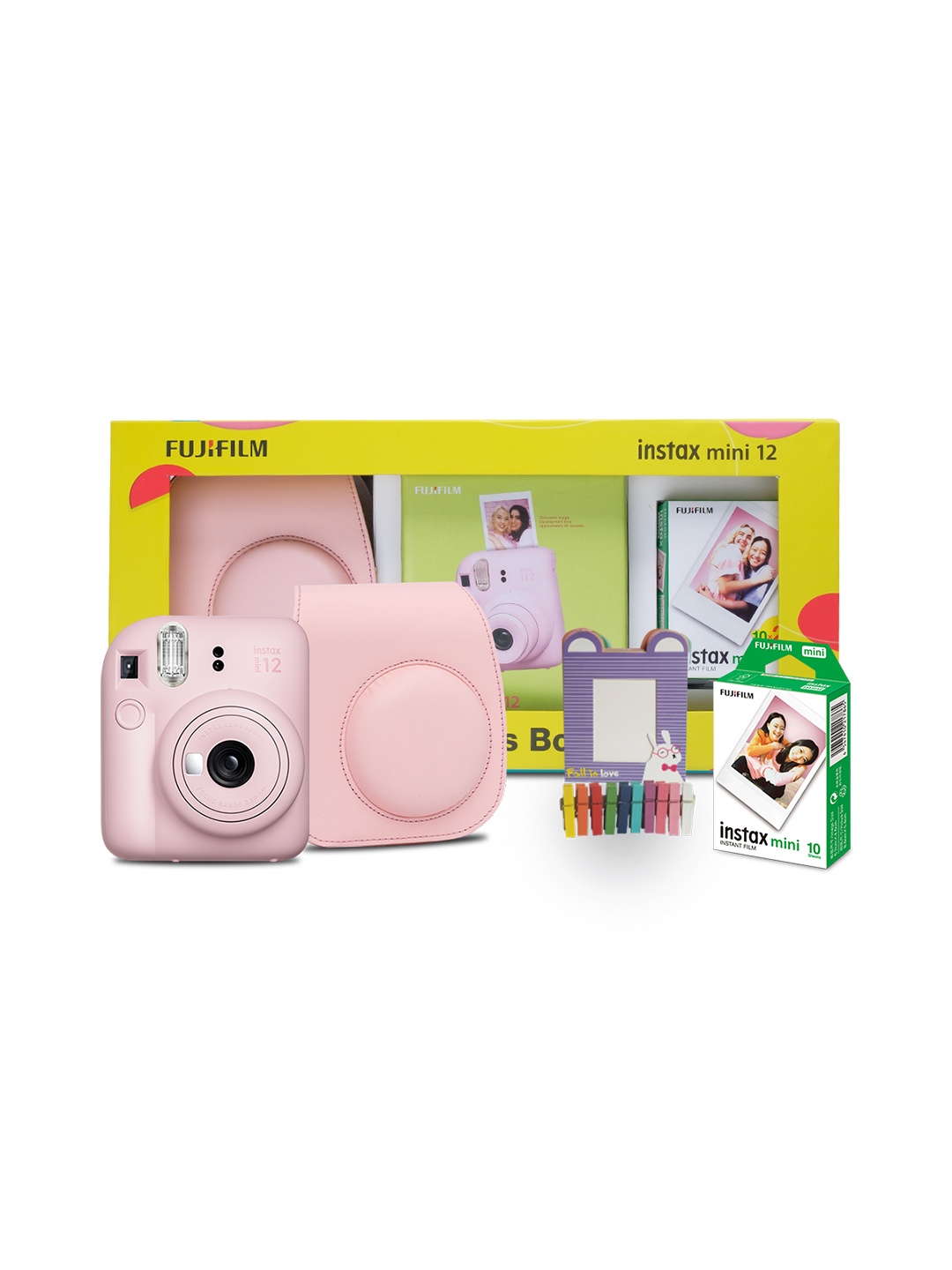Say Goodbye To Audio Issues: Know How To Pick The Perfect Laptop Microphone For Online Meetings And More
In the age of remote work and online catch-ups, crisp, clear audio is the unsung hero of every successful Zoom call. Here's your guide to choosing the perfect one for your laptop.

Top Deals On Microphones From Flipkart
Picture this: you're in a critical Zoom meeting, your ideas are flowing, but all anyone hears is static, muffled words, or worse-your cat meowing louder than you. We've all been there. A poor microphone can make even the most eloquent speaker sound garbled, leaving listeners frustrated. Whether you're pitching a big idea, teaching a class, or simply saying hello to a loved one, a top-notch microphone can make all the difference. While a laptop's built-in mic might seem convenient, investing in a quality external microphone can elevate your virtual presence and ensure you're heard loud and clear. Let's dive into what makes a microphone stand out and how you can find your perfect match.
1. Understand Your Needs
Not all microphones are created equal, and your choice should depend on how you use them. Are you a professional podcaster needing studio-quality sound? A teacher conducting online classes? Or a casual user hopping on calls occasionally? Each purpose demands a different level of audio fidelity.
For instance, podcasters and YouTubers might lean towards condenser microphones, which capture intricate details but are sensitive to background noise. Meanwhile, those hosting team meetings or giving presentations might prefer dynamic microphones, which focus more on your voice and block ambient sounds. Identifying your needs will narrow down the options and prevent over- or under-spending.
2. Compatibility Matters
It's a cruel irony to buy the perfect microphone, only to find it doesn't work with your laptop. Before purchasing, check the connection type. Does the microphone use USB, a 3.5mm jack, or require an audio interface with an XLR input?
For most laptop users, USB microphones are the go-to choice. They're plug-and-play, requiring no extra equipment or complicated setups. However, if you're aiming for professional-grade recording, XLR microphones combined with an audio interface offer unparalleled quality—just ensure your laptop can handle the setup.
3. Sound Quality: The Heart Of It All
The ultimate goal of any microphone is clear, natural sound. But what exactly does "good sound quality" mean? It's all about picking up your voice accurately while minimising distortions.
When comparing microphones, look at the frequency response range. A broader range captures more vocal nuances, giving you a richer sound. For Zoom calls, a range of 20Hz to 20kHz works perfectly, balancing clarity and depth. Consider microphones with noise-cancelling or background suppression features, especially if you work in a bustling household.
4. Directional Patterns: Where Focus Matters
Not all microphones listen in the same way. Some pick up sound from every angle, while others focus solely on the front. This feature is called the polar pattern, and it's crucial to your microphone's performance.
For Zoom calls, a cardioid microphone, which captures sound primarily from the front, is a fantastic choice. It blocks out distractions like your dog barking in the background. If you're in a group discussion, though, consider an omnidirectional mic that captures sound from all directions. Understanding these patterns ensures your voice remains the star of the show, not the background noise.
5. Size And Portability
Laptops are portable, and your microphone should be, too—especially if you're always on the move. Fortunately, there's a microphone for every need, from compact clip-ons to sturdy desk mics.
For frequent travellers, lightweight USB microphones are lifesavers, slipping easily into your laptop bag. If you're setting up a semi-permanent workstation, larger desktop mics with stands offer better stability and often superior sound quality. Weigh the importance of portability against sound quality to find your sweet spot.
6. Budget-Friendly Options That Shine
A good microphone doesn't have to break the bank. While it's tempting to go for high-end models, there are plenty of affordable options that deliver excellent results.
Brands like Blue Snowball, Samson, and Fifine offer microphones under £100 that punch above their weight in performance. However, remember the golden rule: you get what you pay for. Set a realistic budget based on your needs and aim for the best value within that range. Splurging is unnecessary if all you need is reliable audio for weekly meetings.
7. User Reviews And Recommendations
Never underestimate the power of real-world feedback. While specifications provide a baseline, user reviews reveal how a microphone performs in everyday scenarios.
Check online platforms like YouTube for video reviews that demonstrate audio quality. Reddit and tech forums are treasure troves of unfiltered opinions. If possible, try borrowing a microphone from a friend to test its performance before committing. This extra step can save you from buyer's remorse.
8. Test, Tweak, And Shine
Finally, once you've got your new microphone, it's time to put it to the test. Experiment with placement and settings to get the best sound. Too close, and your voice might distort; too far, and you risk sounding distant.
Use software tools like Audacity or the built-in settings on platforms like Zoom to adjust gain, noise suppression, and equalisation. If your microphone comes with a pop filter or foam cover, use it to reduce plosive sounds. Taking a few moments to fine-tune ensures you get the most out of your purchase.
Products Related To This Article
1. Explorer ™ Latest New Technology iPhone And Type C Supported K8 Wireless Microphone Lapel Mic System
2. BOYA BY-M1 With Mount1 Omnidirectional Lavalier Condenser Microphone With 6 Meter Cable Microphone
3. MAK Dual Wireless For YouTube, Vlogging, Recording For Android And iPhone Microphone
4. darkingwings Beta 58A Unidirectional Auxiliary Dynamic Vocal Microphone Karaoke Speaker Mic Microphone
5. Grenaro Mic For Youtubers, Lavalier Wireless Mic For Vlogging/Recording For Type C Microphone
6. Grenaro P10 Mic For YouTube, Wireless Microphone For YouTubers(Android version) Microphone
7. Grenaro Mic For Youtubers, S14 Lavalier Wireless Mic For Vlogging/Recording For Type C Microphone
8. WRADER Wireless Mic With Noise Reduction For Cameras, PC, Laptops, Mobiles, GoPro, DSLR Microphone
Investing in the right microphone can transform your Zoom calls from frustrating to flawless. By understanding your needs, prioritising compatibility, and focusing on sound quality, you can find a microphone that fits your lifestyle and budget. Whether you're hosting virtual meetings, recording podcasts, or chatting with friends, a high-quality microphone ensures your voice is heard as intende- loud, clear, and professional. Don't let poor audio hold you back. Tech up your Zoom calls and make every word count.
Disclaimer: The images used in this article are for illustration purpose only. They may not be an exact representation of the products, categories and brands listed in this article.





























